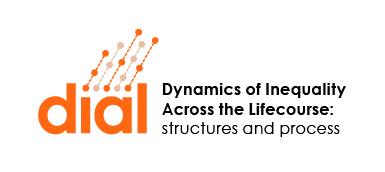This study looks at women’s standard of living immediately after divorce or separation. It finds that women who had a higher standard of living tend to lose more from divorce or separation. At the same time, overall income inequality among separated women increases.
The researchers compared the household incomes of separated women to a hypothetical situation in which they would not have separated. They did this using three different measures: (1) the percentage by which household income changed, (2) women’s upward and downward moves along the social (income) ladder, and (3) the degree of overall social inequality.
The researchers used data from the Dutch revenue service, following 38,000 women living with a partner for ten years. They found that women lost on average 13% of their household income after separation. Women from the richest households lost the most (-24%), whereas women from the poorest households were actually better off after separation (+20%). This is probably because Dutch welfare policies are very generous toward people on a low income. However, overall inequality increased somewhat. This surprising finding occurred because most women moved down the social ladder, while some climbed to the top.
The researchers conclude that women in poor households who separate from their partner may do well financially, as long as they are supported by appropriate welfare policies. They also conclude that equalization between groups – in this case, between women from low-income and high-income households – does not necessarily mean less inequality in society as a whole.
